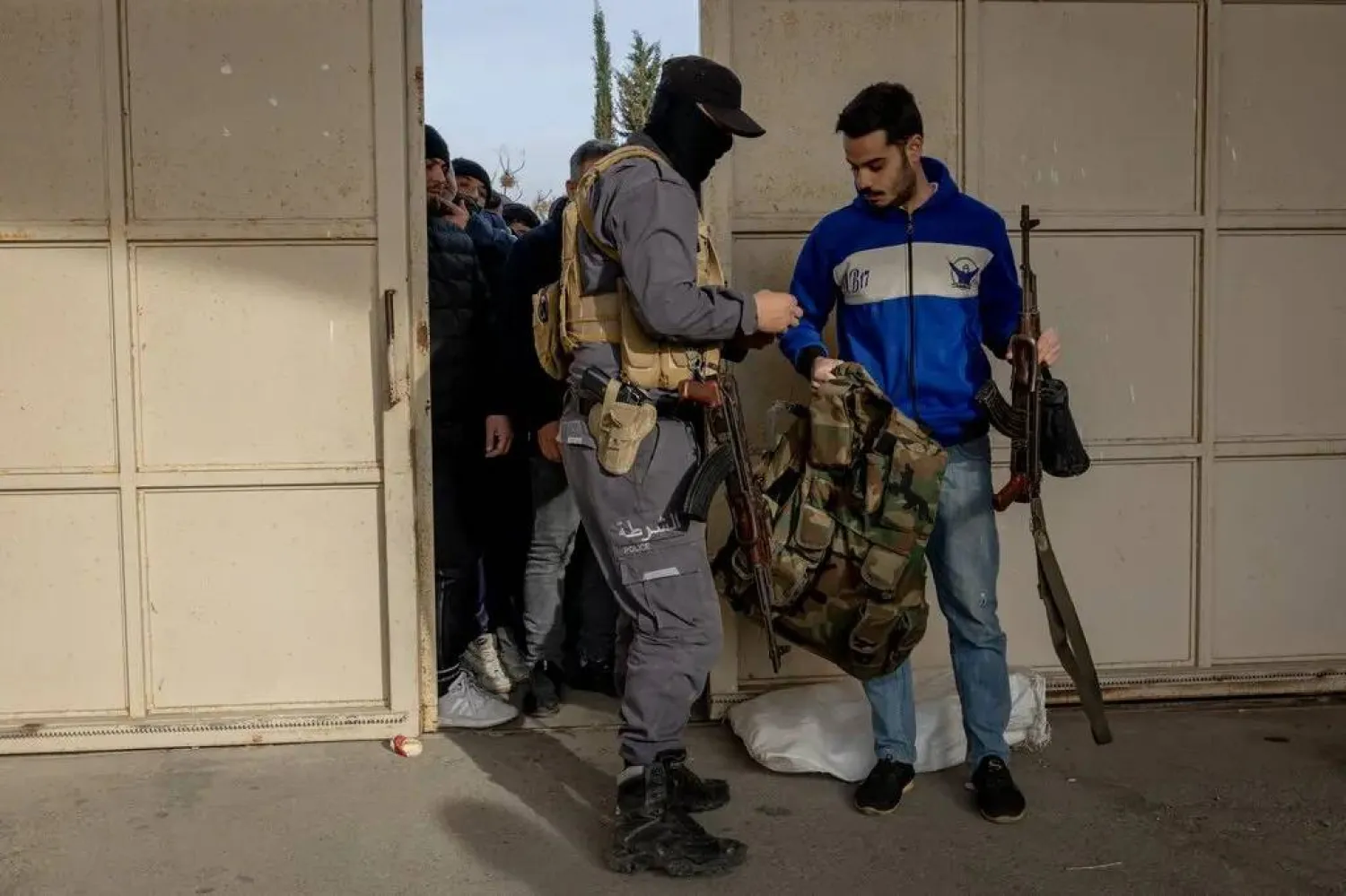Syrian border security forces have discovered dozens of factories producing narcotics, Captagon pills, hashish, and counterfeit US dollars in abandoned warehouses on a hilltop in Al Qusayr’s village of Hawik, near the western countryside of Homs, close to the Syrian-Lebanese border.
The illicit goods were intended for smuggling into neighboring countries and beyond, authorities said.
The border area, facing Lebanon’s Baalbek province, was until recently under the control of Hezbollah. Following the group’s expulsion, Syrian security forces dismantled the drug operations, paving the way for the Lebanese army to secure the region, according to officials.
In a makeshift drug lab perched on a remote hill along a secondary road in Hawik—just a few hundred meters from the Lebanese border—Syrian security forces found stockpiles of equipment and materials used in drug production.
Inside the warehouses, they uncovered industrial machinery, large blue storage tanks filled with raw substances for Captagon production, as well as wooden containers and sealed plastic boxes containing hashish.
Homs border security chief Maj. Nadim Mdakhneh told Asharq Al-Awsat that the previous regime and Hezbollah had turned the area into a drug smuggling route and a hub for illegal drug production, weapons trafficking, and counterfeiting before being expelled this month.
Syrian military operations forces launched a sweeping security campaign this week, targeting villages near the Lebanese border, including Hawik, Jarmash, Wadi al-Hourani, Akoum, and Wadi Hanna.
Clashes erupted with Hezbollah fighters, remnants of the ousted regime, and drug and arms traffickers.
The forces seized full control of the border strip, set up checkpoints, and implemented strict measures to prevent smuggling, officials said.
The crackdown included raids in several Syrian villages, particularly Hawik, Jarmash, and Hit—key hubs for drug trafficking.
Mdakhneh said security forces discovered around 15 drug production facilities and a counterfeit currency printing press.
“We seized massive shipments of weapons, drugs, and raw materials intended for smuggling,” Mdakhneh said. “These areas were the economic lifeline of these criminal networks.”
Syria and Lebanon share a 330-kilometer border, much of it unmarked and stretching across valleys and rugged mountains—terrain long exploited by drug smugglers and arms dealers.
Counterfeit Money Operation
In a third warehouse, Hezbollah operatives set up a counterfeit money operation, producing fake $100 bills using advanced printers, holograms, ultraviolet scanners, and an offset printing press, security officials said.
During Syria’s war, the country became the region’s top producer of Captagon, especially under ousted President Bashar al-Assad. Some reports have called Syria a “narco-state,” with British data estimating it produced nearly 80% of the world’s Captagon supply by the end of last year.
In another warehouse hidden in a mountainous area, a security officer opened a device and found round drug tablets inside.
“This is how they made and hid the drugs before smuggling them to the Gulf and beyond,” said security officer Nader Abu al-Bara, who took part in the raid.
Captagon Pills, Hashish Stored in Packages
Captagon pills were packed in sealed bags. Hashish was stored in medium-sized wooden crates and plastic containers, while processed batches were wrapped in red gloves for identification, security officials said.
Residents of the border region said civilians were strictly prohibited from approaching the heavily guarded drug production sites.
“No one was allowed near these facilities,” said Ahmad al-Saab, 55, a resident of Hawik. “Syrian intelligence and Hezbollah fighters stationed in the area kept us away. We often smelled strange, unpleasant odors, but we had no idea what was happening inside. We only heard rumors about factories, but no one dared to get close.”
Security forces discovered surveillance cameras and network lines connected to Lebanese territory during their operations, officials said.
Mdakhneh stressed that the crackdown was limited to Syrian villages near the Lebanese border.
He said coordination between Syrian military operations and the Lebanese army is ongoing, adding that “for the first time in 14 years, the Lebanese army has begun deploying in this area.”
Mdakhneh said clashes erupted with Hezbollah fighters and traffickers, and during the raids, security forces found documents linking members of Lebanese tribal families to the smuggling operations.
The trade in Captagon pills in Syria was worth an estimated $6 billion by the end of 2024, according to United Nations figures. The drugs were primarily smuggled to neighboring Iraq and Jordan before being trafficked onward to Gulf states.










